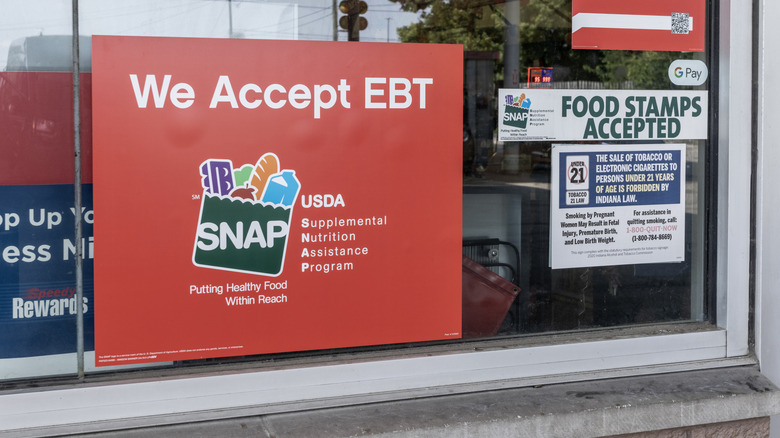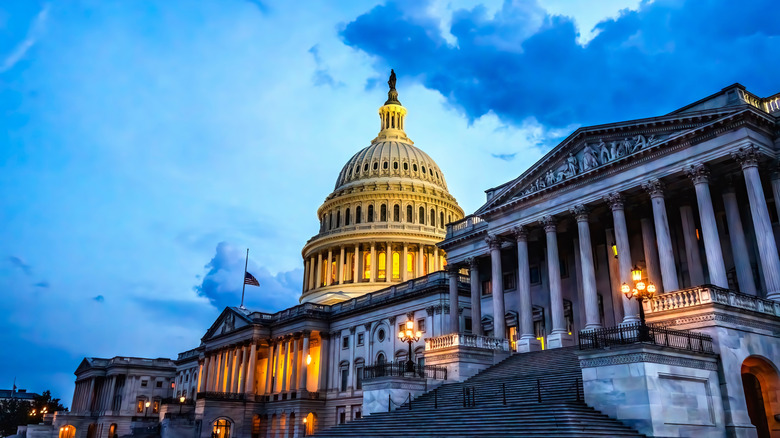SNAP Beneficiaries Could Face Significant Cuts Starting November 1
November may bring about a devastating reality for some of the most underprivileged Americans, as some states are unable to distribute Supplemental Nutrition Assistance Program (SNAP) benefits. While the One Big Beautiful Bill (OBBB) had already cemented major upcoming changes to SNAP, the current government shutdown has sped things up due to many agencies operating at limited capacity — the U.S Department of Agriculture's Food and Nutrition Service included. In fact, due to the government shutdown, states are currently being left without the federal financial support they usually receive from the USDA every month to fund state SNAP programs. This means states will be unable to distribute SNAP benefits come November. Meanwhile, the Trump administration has yet to make a public comment on how, or even if, the federal government plans to supplement SNAP recipients to keep the program operating.
At least 25 states, including Pennsylvania, California, Mississippi, and New Jersey, have already announced that November SNAP benefits will not be distributed, at least until the government is no longer shut down. This means Americans already struggling with SNAP scams in addition to increased prices on household goods and jumps in food prices — thanks in large part to tariffs — may have to also make hard some serious decisions about how to feed their families this holiday season.
SNAP benefits have been shut down in multiple ways
SNAP benefits are distributed monthly via a prepaid card, which one can use to buy groceries at pre-approved retailers. The current issue is that the amount of funding distributed on the individual level is managed via data collected by each state, which they then send to a third party. This party is known as an electronic benefit transfer or EBT. However, on October 10, 2025 the USDA informed states to hold off in regards to sending this information to EBT vendors, meaning that the mechanism for distributing SNAP funds was, in fact, halted weeks ago.
Cutting off data to vendors is only part of the SNAP cut off, as this was done in tandem with a freeze in funding distribution from the federal government. This is important because the federal government does have other funding options available for keeping a program like SNAP operational during a shutdown. One such option is tapping into a contingency resource fund, which was last reported at $6 billion, although it is not entirely clear what the account may still hold following funding cuts during the first months of the current administration. Regardless, the Trump administration has given no indication that it intends to use this contingency funding. With average Americans already spending $500 a month on groceries, a pause in SNAP benefits is only going to add to public anger regarding the shutdown.

